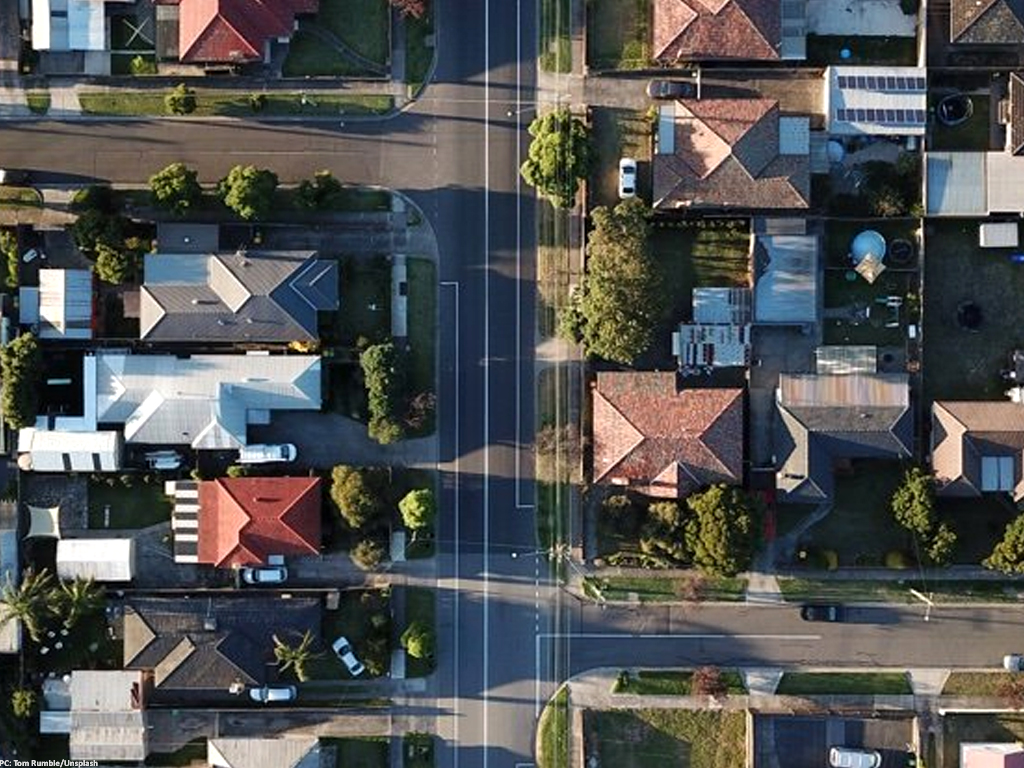Artificial Intelligence trained to spot obesity from space

Scientists are now making a new use of artificial intelligence, by using it to detect obesity from space, without even spotting obese people.
A new paper published in journal JAMA Network Open, researchers from the University of Washington described how they have used AI and satellite images of different US cities to estimate obesity on Earth from space.
“We propose a method for comprehensively assessing the association between adult obesity prevalence and the built environment that involves extracting neighborhood physical features from high-resolution satellite imagery,” the team explained.
Around 150,000 high-resolution Google Map satellite images were fed into a convolutional neural network (CNN), a type of AI that uses deep learning to independently analyze and identify patterns within the dataset. Also, data on adult obesity prevalence was gathered from the Centers for Disease Control (CDC) and Prevention’s ‘500 Cities’ project, explained Science Alert.
The data covered 1,695 census tracts in six various cities including Tacoma, San Antonio, Seattle, Los Angeles, Bellevue, and Memphis. The neural network analyzed the built environment across the cities, identifying features like buildings, land, roads, trees and water.
The results showed that features of the built environment explained almost 64.8% of the variation in obesity prevalence across all the studied census tracts, however the success level varied between cities, with Memphis having the highest at 73.3%.
The researchers are sure that their system could offer an easy, scalable tool to help studies estimating obesity risk across US. The study could be used to automate the extraction of features of the built environment from satellite images for studying health indicators. The team believes that assessing an area’s obesity rates may help city planners to develop more green areas for helping people remain more physically active, wrote News18.
“Understanding the association between specific features of the built environment and obesity prevalence can lead to structural changes that could encourage physical activity and decreases in obesity prevalence,” the researchers said.
